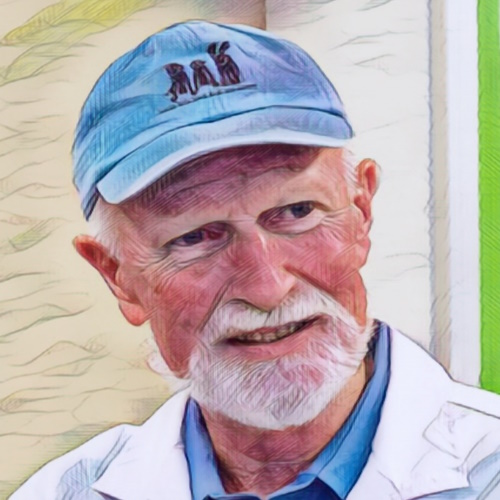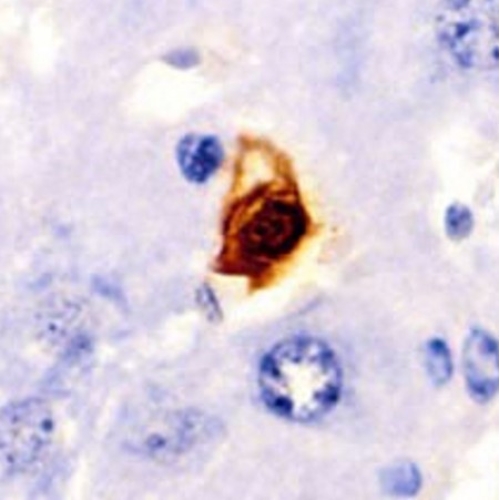A recent experiment was conducted which reported that low frequency ultrasound could be used to reverse the process of ageing in cells. The strategy involved rejuvenating senescent cells by activating autophagy. This makes them reverse the pathophysiology of ageing.
Introduction
Cellular senescence is an established hallmark of ageing. It has been observed that transferring senescent cells to young mice leads to physiological depletion of capacity and hastens the onset of disease in the organism. It was also observed that removing senescent cells from ageing mice slowed down ageing and improved physiological capacity. Differentiated cells change into senescent cells after certain number of divisions and then stop cell cycle. These cells stop multiplying while remaining metabolically active.
Accumulation of senescent cells in the body leads to diseases of the lung, fat tissue, blood vessels, pancreas, joints, and other organs. This occurs since senescence leads to cells secreting several pro-inflammatory molecules, growth factors, extra cellular matrices, cytokines and proteases. These are collectively known as senescence associated secretory phenotype (SASP). SASP has been linked to age related disorders. Hence, elimination of senescent cells holds potential as a strategy for preventing ageing in organisms.
Exploring ultrasound as a new therapy
Currently there are no approved treatments for humans involving removing senescent cells, although several biotechs are developing senolytics which hopefully will kill them in situ. This new study reported that ultrasound treatment can rejuvenate senescent cells.
The passage of ultrasound through cells causes mechanical stress from short duration pressure waves. This is harmless for normal cells as it does not interfere with normal cell functions. However, this induced mechanical stress was observed to rejuvenate senescent cells by modifying the factors related to ageing.
The experiment
The experiment involved inducing cell senescence with four specific drugs.
Senescence was defined by four factors in these cells:
- Increased beta galactosidase activity
- Increased cell size
- Secretion of SASP
- decreased growth rate
The senescent cells were then subjected to low frequency ultrasound (LFU) at intermediate power levels for 20 minutes. Following this, the cells were allowed to grow for 12-15 days.
Observations
Ultrasound rejuvenated senescent cell growth
Senescent cells grew after LFU treatment while decreased in cell size. There was also reduction in the levels of cell cycle inhibitors. This implied increased tendency to cell division in otherwise senescent cells which didn’t multiply. The cells also had reduced secretion of SASP. This reversal was partial in some cases but still holds potential of cell reprogramming. An interesting finding was the effect of LFU on normal cells surrounding the senescent cells. It was surprisingly observed that normal cells on LFU treatment increased secretion of factors that prompt senescent cell growth.
Ultrasound effect on mitochondria and lysosome morphology
It is known that as cells age, the length of mitochondria increases along with an increase in the number of lysosomes. To study the effect of ultrasound therapy on ageing, these factors were observed.
It was revealed that there was a decrease in mitochondrial length following LFU. There was a reduction in lysosome numbers in the cells as well. These indicated reversal of senescence in the cells. It is important to note that previous studies from the same laboratory had indicated that LFU treatment caused apoptosis (controlled cell death) of tumour cells without affecting normal cells.
Extension of senescent cell replication capacity
As cells age, they lose their capacity to multiply slowly. Replication becomes slower with increased cell size and beta galactosidase activity. However, on treatment with LFU, human fibroblast cells which were already showing replication senescence started behaving like normal cells showing increased multiplication and differentiation.
LFU improved performance in senescent mice
Old mice were tested for parameters of physical performance such as treadmill, grip strength and inverted cling. This was done before and after LFU treatment of 30 min daily for three months. Significant improvements in physical performance were observed in these animals following the therapy.
LFU effect on senescent cell count in pancreas and kidney
Animals were subjected to LFU treatment for two months following which their organs were investigated for senescence markers. There was significant reduction in senescent cell density in the pancreas and kidneys of animals after LFU therapy.
Conclusion
The study showed that low frequency ultrasound could reverse all the four factors of senescence in cells. This was achieved only by mechanical effects of LFU, without any biochemical manipulation.
This opens up new possibilities for controlled mechanical manipulation of cell phenotypes in curing ageing.
Author: Joydev Bhattacharjee
Reference
Rejuvenating Senescent Cells and Organisms with Only Ultrasound – Michael Sheetz et al, University of Texas Medical Branch - bioRxiv 2022








